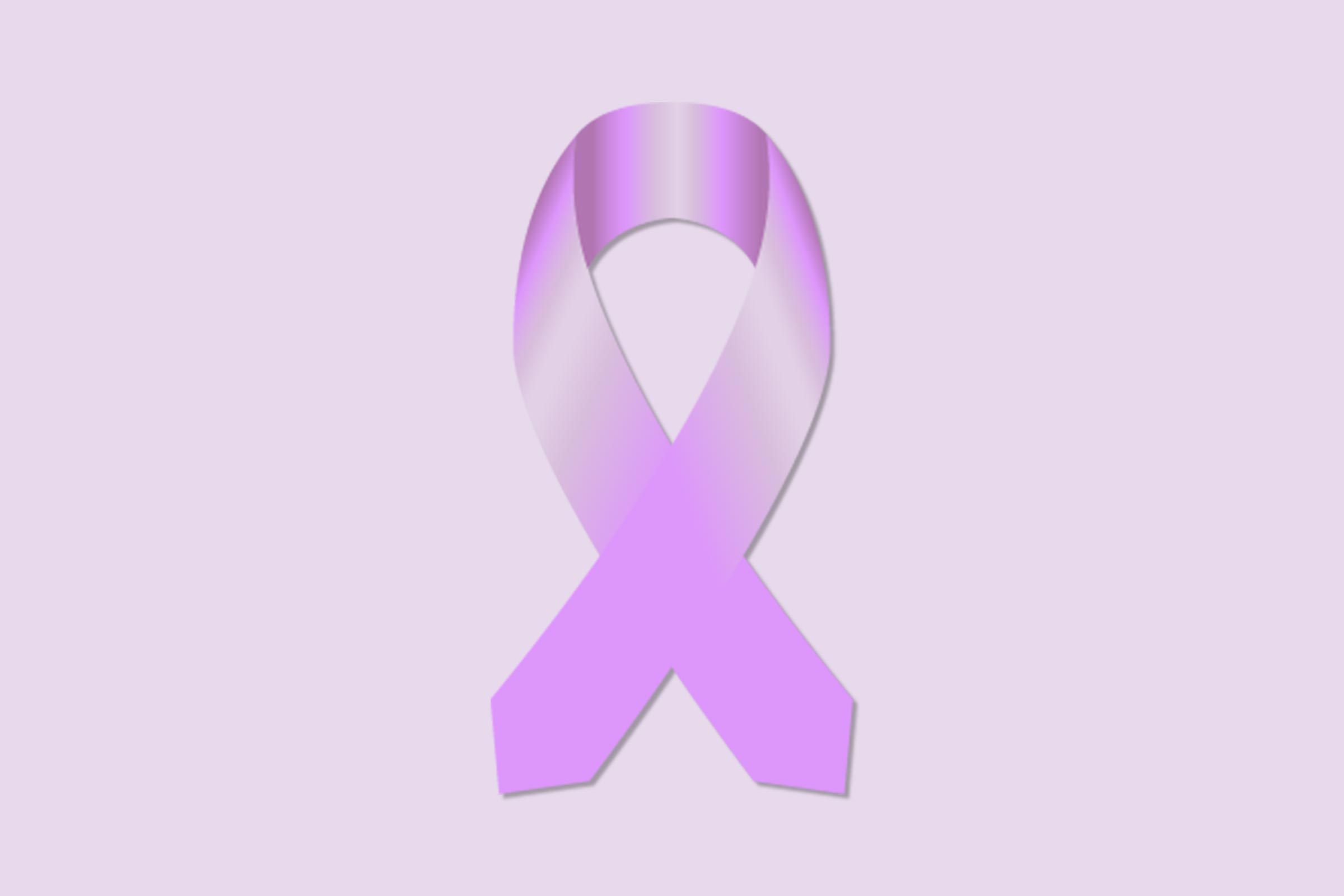
Lavender: All cancers
If you or a loved one has a rare form of cancer—or you don’t feel like broadcasting the type—the generic cancer ribbon colour of choice is lavender.
National cancer awareness month: June
How many: According to the Canadian Cancer Society, there were 206,200 new cancer diagnoses and 80,800 deaths from cancer in Canada in 2017.
Who’s most at risk: Anyone can get cancer, but there are certain things that can generally increase your risk, including having a family history of cancer and lifestyle habits like smoking, drinking, a poor diet, and lack of exercise.
Common symptoms: Symptoms depend on the type of cancer, but if you find a concerning lump anywhere, have a sudden change in health, or experience unexplained symptoms, see your doctor.
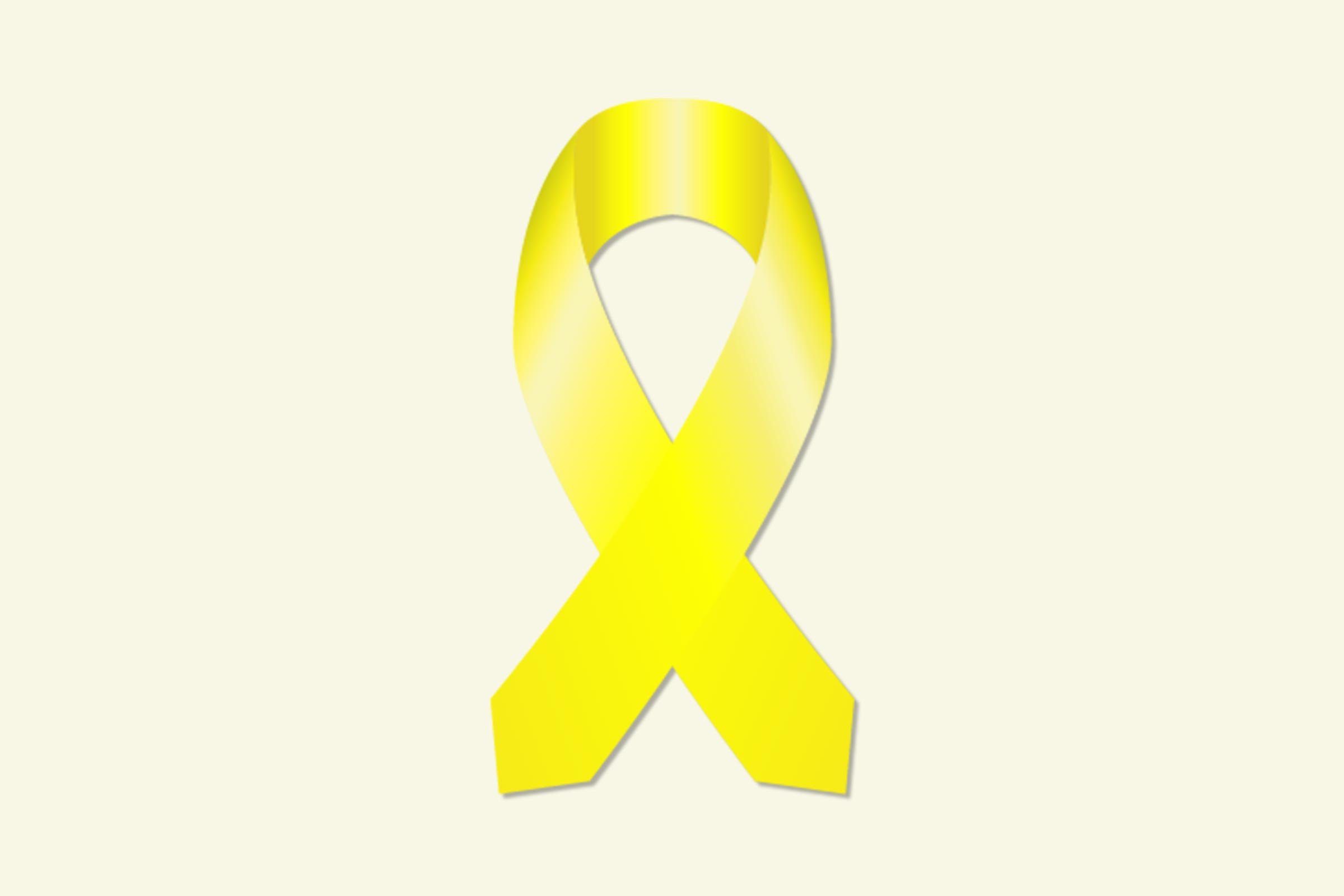
Yellow: Bladder cancer
The colour yellow may strike some as a bit too obvious a cancer ribbon colour for bladder cancer, but that may be a boon when raising awareness.
National awareness month: May
How many: According to Bladder Cancer Canada, bladder cancer is the fifth most common cancer in Canada, and the most expensive to treat. An estimated 8,000 Canadians will be diagnosed with bladder cancer in 2019.
Who’s most at risk: People over 50, men, smokers and those with a family history of the disease.
Common symptoms: Blood in urine, pain during urination and lower back pain.

Gray: Brain cancer
Tumours found in the brain, spinal cord or central nervous system are represented by this “gray matter” shade.
National awareness month: May
How many: According to the Brain Tumour Foundation of Canada, 27 Canadians are diagnosed with a brain tumour every day.
Who’s most at risk: White men are the highest risk group, though the disease is consistently found across both genders and all races and ages. Genetics and exposure to radiation may play a role in brain cancers. Additional risk factors are poor diet and lack of exercise, but experts agree that more research needs to be done into other possible risk factors.
Common symptoms: Intense headaches, problems with vision and/or balance, nausea, dizziness, confusion, seizures, and marked changes in personality or behaviour.
Don’t miss these silent signs you may have a brain tumour.
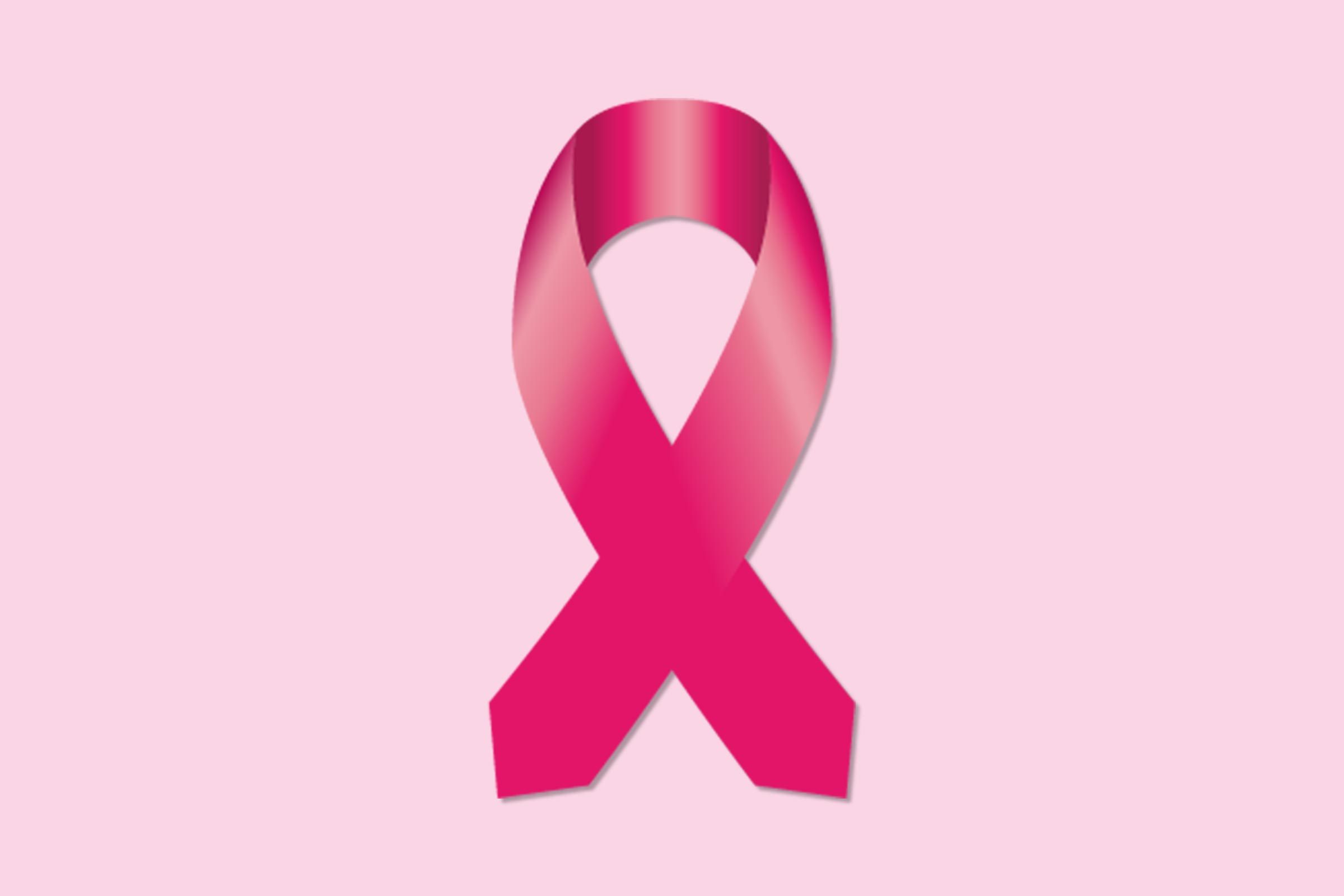
Pink: Female breast cancer
Perhaps the most familiar ribbon, the pink ribbon for breast cancer can be found today on everything from water bottles to NFL uniforms.
National awareness month: October
How many: According to the Canadian Cancer Society, an estimated 26,300 Canadian women were diagnosed with breast cancer in 2017. This represents 25 per cent of all new Canadian cancer cases in women in 2017.
Who’s most at risk: Women over 50 and those who carry certain genetic markers, which is why it is so important to discuss your family history with your doctor.
Common symptoms: Lump in the breast, changes in colour or texture of the breast or nipple, or unusual discharge from the nipple
Check out these five ways to prevent breast cancer, according to science.
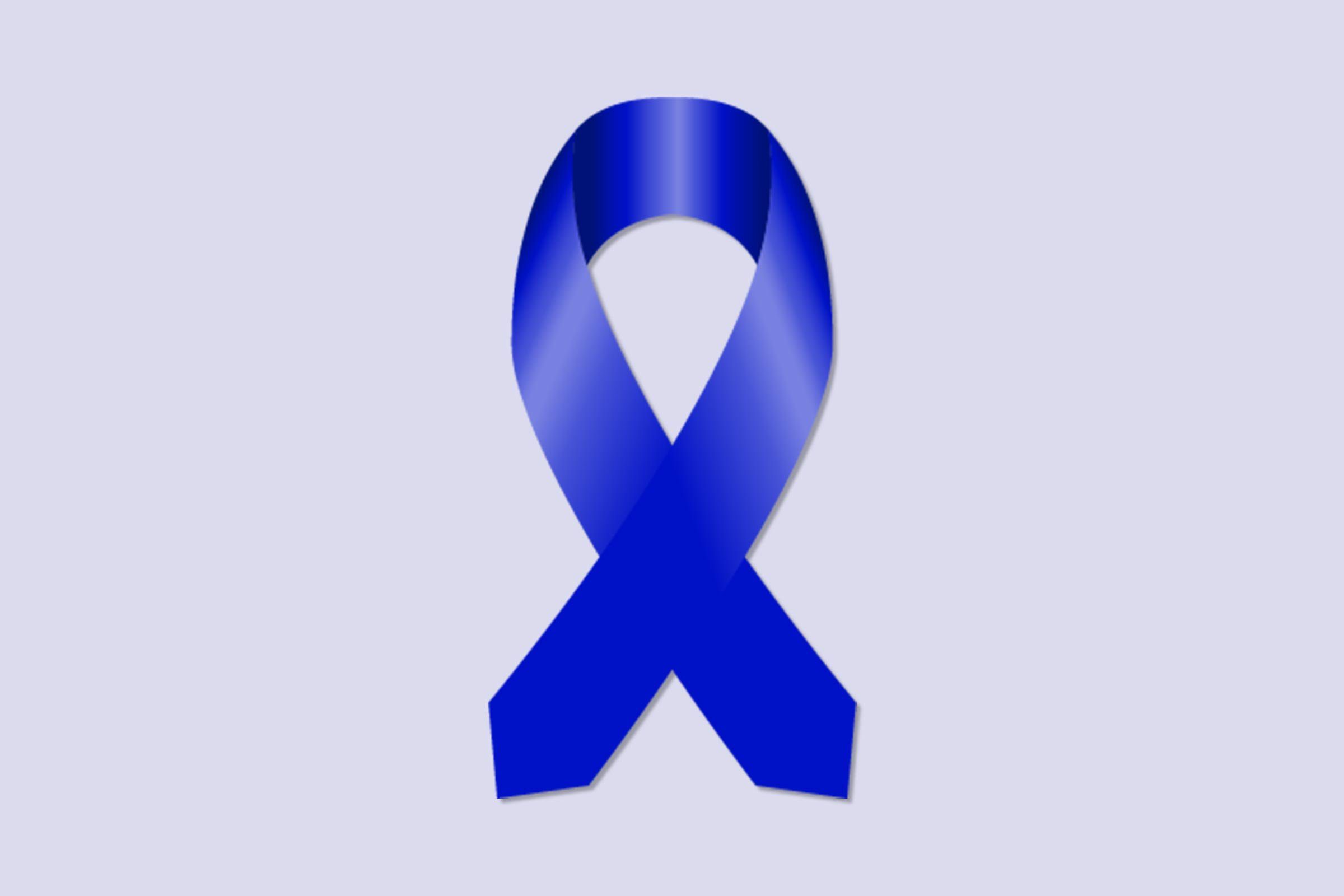
Dark blue: Colon and colorectal cancers
Colon and colorectal cancers are found in the large intestine and rectum.
National awareness month: March
How many: According to the Canadian Cancer Society, an estimated 26,800 Canadians were diagnosed with colorectal cancer in 2017—13 per cent of all new cancer cases that year.
Who’s most at risk: Ninety per cent of cases occur in people 50 years old or older, with more men affected than women. Other risk factors include having inflammatory bowel disease, obesity, poor diet, and a family history of colon cancer.
Common symptoms: Blood in your stool, stomach cramps or stomach pain that won’t go away, and unintentional weight loss.
Here are six things you should know about colorectal cancer.
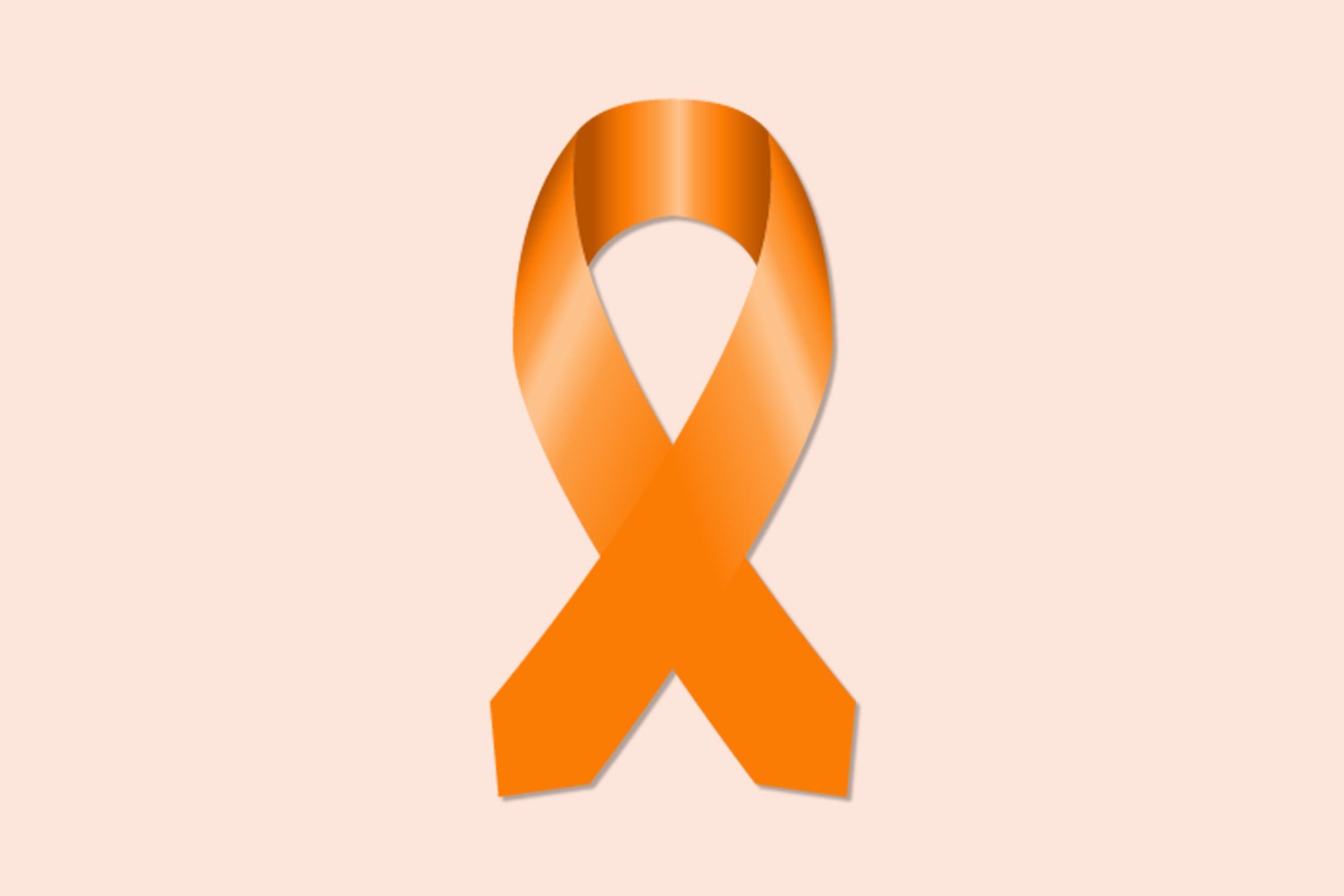
Orange: Kidney cancer
The orange ribbon stands for both kidney and renal cancers.
National awareness month: March
How many: According to the Canadian Cancer Society, an estimated 6,600 Canadians were diagnosed with kidney cancer in 2017.
Who’s most at risk: Most cases occur in people 50 years old or older, with more men affected than women. Other risk factors include obesity, high blood pressure, and certain pain medications.
Common symptoms: Blood in your urine, a lump in your abdomen, lower back pain, fatigue, fever.

Orange: Leukemia
Orange also happens to be the shade that represents leukemia, a type of cancer that affects the bone marrow.
National awareness month: September
How many: According to the Leukemia & Lymphoma Society of Canada, an estimated 5,900 Canadians were diagnosed with leukemia in 2016.
Who’s most at risk: Most cases occur in people 50 years old or older, with white men being the highest risk group. Other risk factors include smoking, a family history of the disease, or being exposed to large amounts of radiation.
Common symptoms: Most often patients report no symptoms at all and the cancer is found through a blood test. However, some people report swollen lymph nodes, fatigue, and a general feeling of being unwell.
Read up on the 16 silent signs of leukemia you shouldn’t ignore.
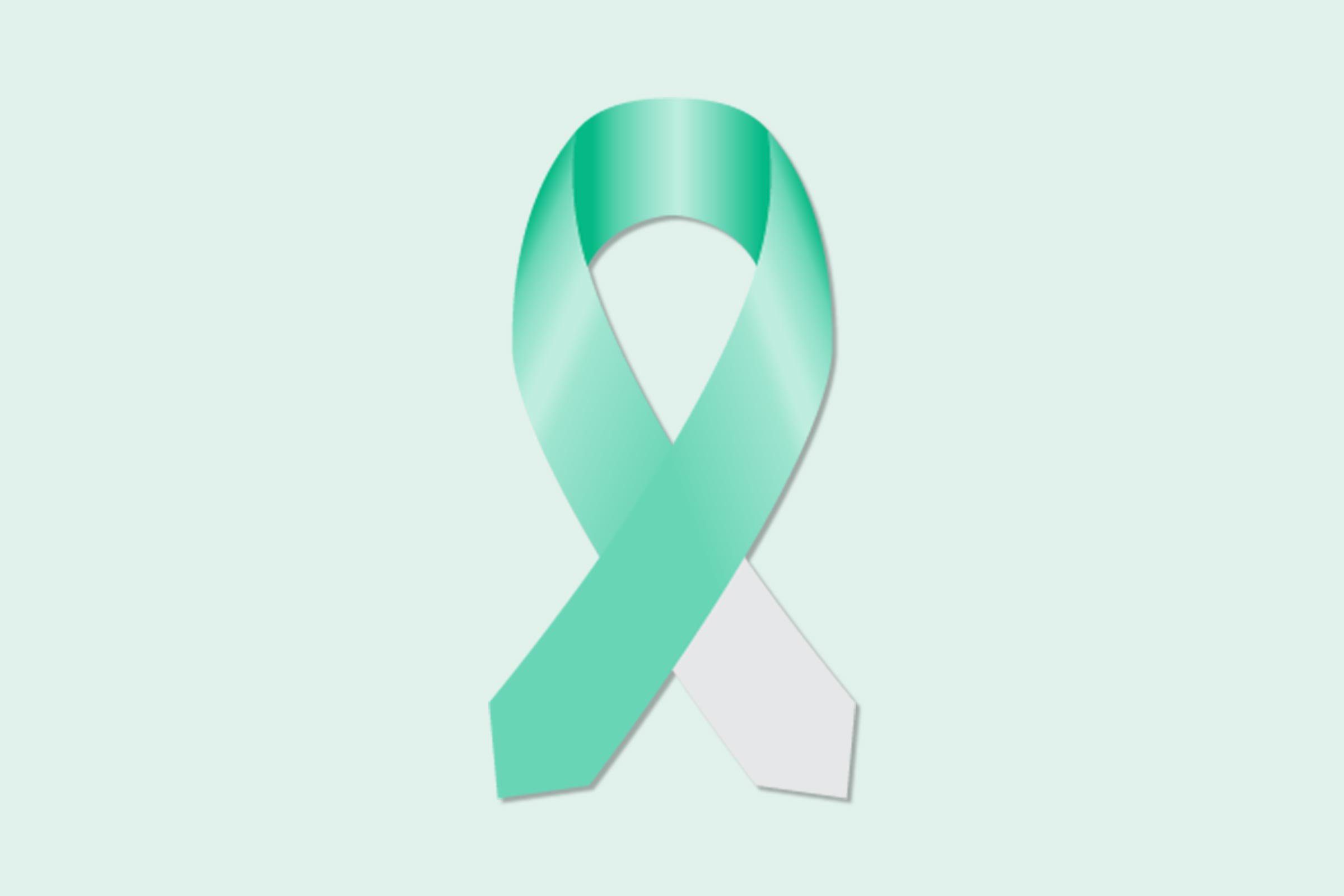
Teal and white: Cervical cancer
Cancer of the cervix, the opening to the uterus—along with a few other gynecological cancers—are represented by this pair of cancer ribbon colours.
National awareness month: January
How many: According to the Canadian Cancer Society, an estimated 1,550 Canadian women were diagnosed with cervical cancer in 2017.
Who’s most at risk: Most cases occur in people 30 years old or older, with Hispanic and black women having a slightly higher risk than other races. Risk factors include smoking, having multiple sexual partners, using hormonal birth control for five years or longer, and having more than three children. A major risk factor is HPV, which is why it’s so important for young adults to be vaccinated.
Common symptoms: Most often patients report no symptoms at all, especially in the early, most treatable stages of the disease. It’s usually discovered through a routine exam. In later stages, women report bleeding and unusual vaginal discharge.
Don’t miss these five health myths being kept alive by fake news.
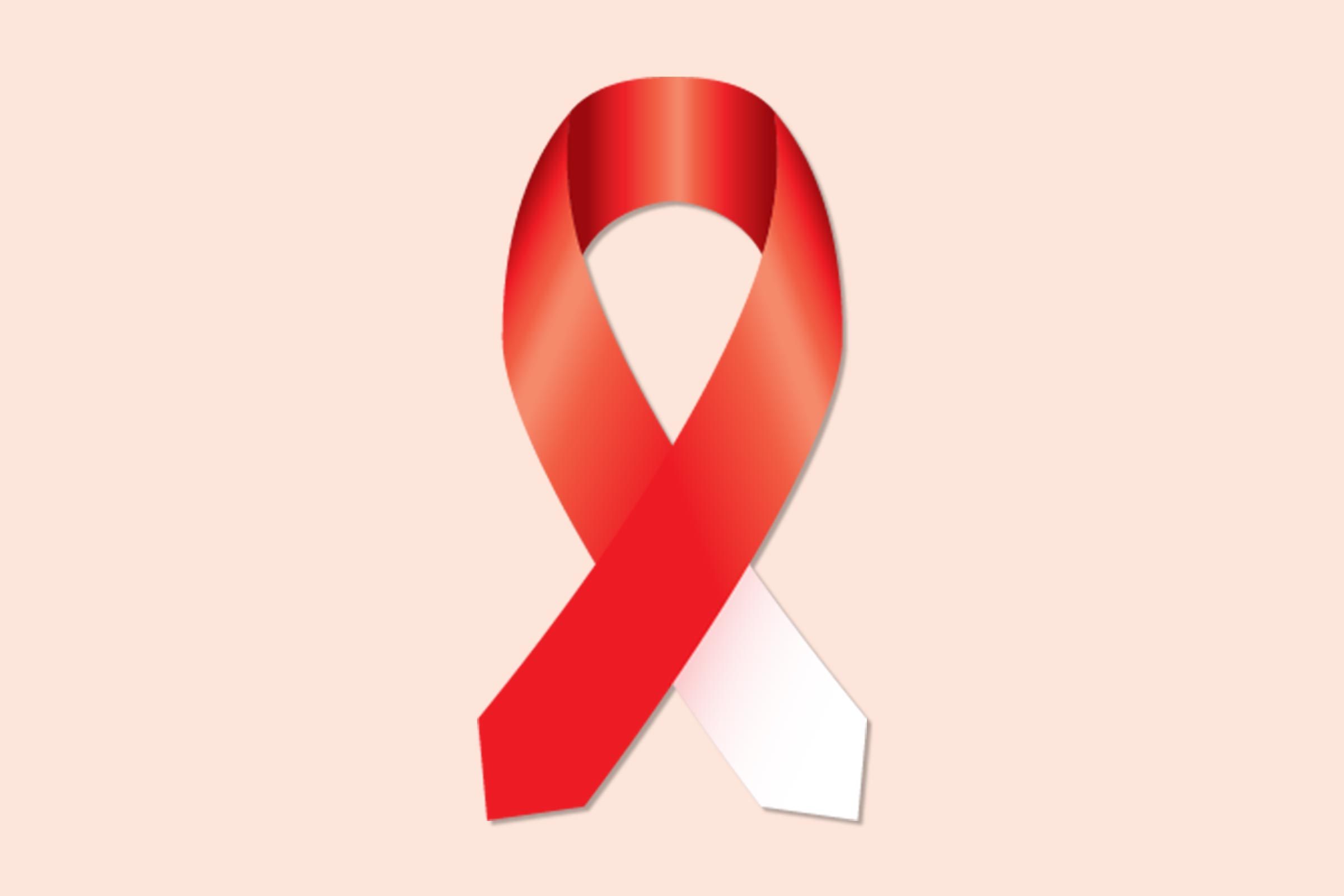
Red and white: Head and neck cancers
These are the cancer ribbon colours for tumours of the head, neck, mouth, throat and face.
National awareness month: April
How many: According to Mount Sinai Hospital in Toronto, head and neck cancers are diagnosed in 4,300 Canadians per year.
Who’s most at risk: Most cases occur in people 50 years old or older; men are three times more likely to get it than women. A major risk factor is HPV which is why it’s so important to get vaccinated. The other major risk factor is smoking or using tobacco products.
Common symptoms: Sores in your mouth that don’t heal, swelling, trouble breathing or eating, and pain.
Make sure you’re not ignoring these signs of thyroid cancer.

Emerald green: Liver
This bright green shade represents cancers of the liver and bile ducts.
National awareness month: October
How many: According to the Canadian Cancer Society, an estimated 2,500 Canadians were diagnosed with liver cancer in 2017.
Who’s most at risk: Most cases occur in people 55 years old or older and men are three times more likely to get it than women. Lifestyle factors like obesity, alcohol use, and diabetes are the biggest risk factors.
Common symptoms: A lump or swelling in the abdomen, jaundice, easy bruising, fatigue, nausea, and unintentional weight loss.
These are the signs of liver cancer you should never ignore.
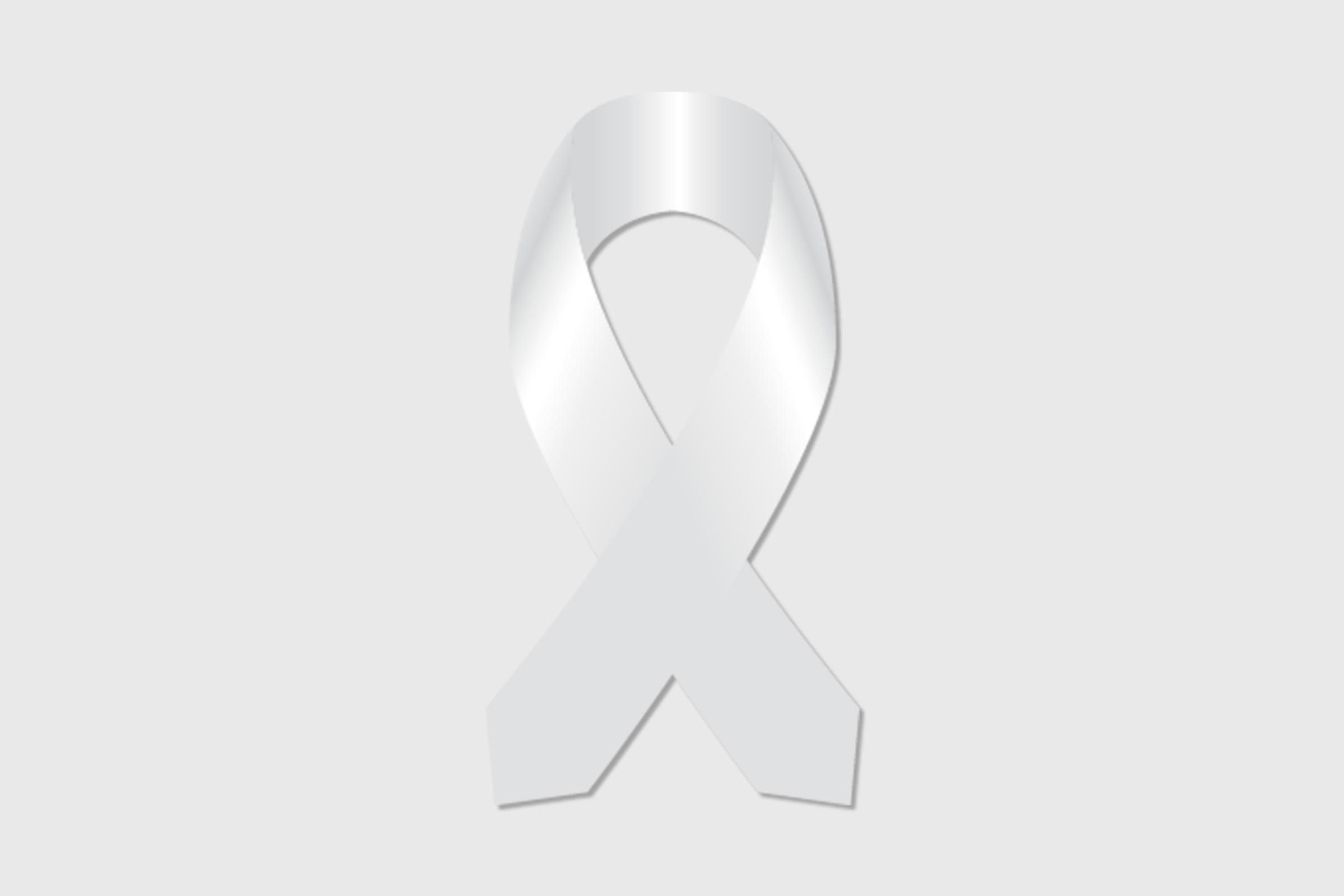
White: Lung
This pure hue represents lung and bronchial cancer, one of the deadliest cancers in Canada.
National awareness month: November
How many: According to Lung Cancer Canada, it was estimated that 26,600 Canadians were diagnosed with lung cancer in 2015—more than any other type of cancer. More people die from lung cancer than breast, colorectal and prostate cancers combined.
Who’s most at risk: Most cases occur in people 60 and older, with white and black men being most at risk. Smoking, including secondhand smoke, is a major risk factor. Exposure to other pollutants like radon and asbestos are the second most common cause. However, not all causes are smoke-related.
Common symptoms: A cough that won’t go away, trouble breathing, coughing up blood, exhaustion, chest pain, and fatigue.
If you notice any of these lung cancer symptoms, see your doctor immediately.
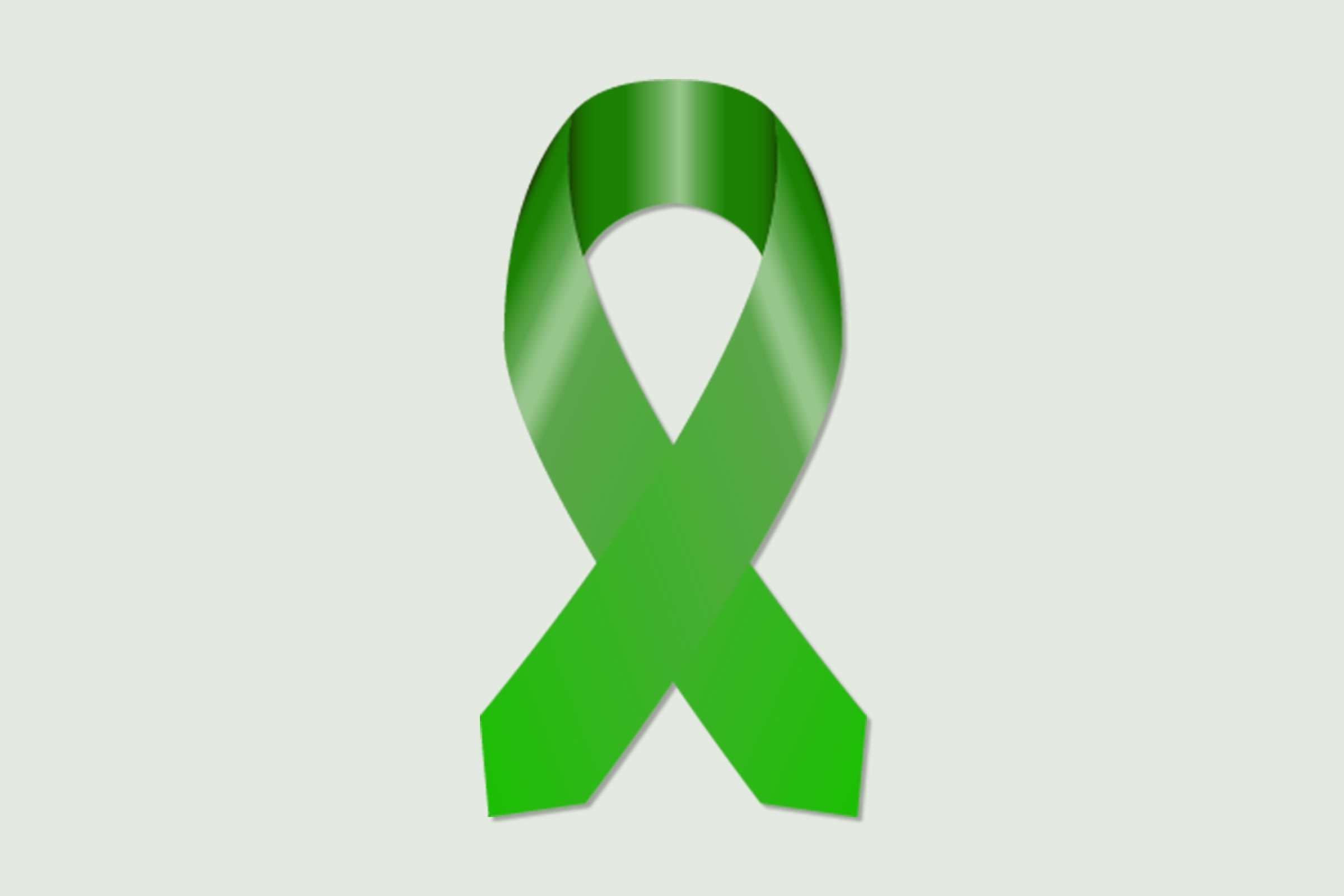
Lime green: Lymphoma
This citrusy shade represents Hodgkin and Non-Hodgkin lymphomas, cancers that affect the lymph system, which includes the tissues and organs that produce, store, and carry white blood cells that fight infection.
National awareness month: September
How many: According to the Leukemia & Lymphoma Society of Canada, an estimated 9,000 Canadians of all ages were diagnosed with lymphoma in 2016.
Who’s most at risk: While both forms strike all ages, Hodgkin lymphoma is most common in teens and young adults while non-Hodgkin lymphoma primarily occurs in older adults. Risk factors include a family history of the disease, exposure to radiation or pesticides, and certain viruses.
Common symptoms: Swollen lymph nodes, fever, night sweats, exhaustion.
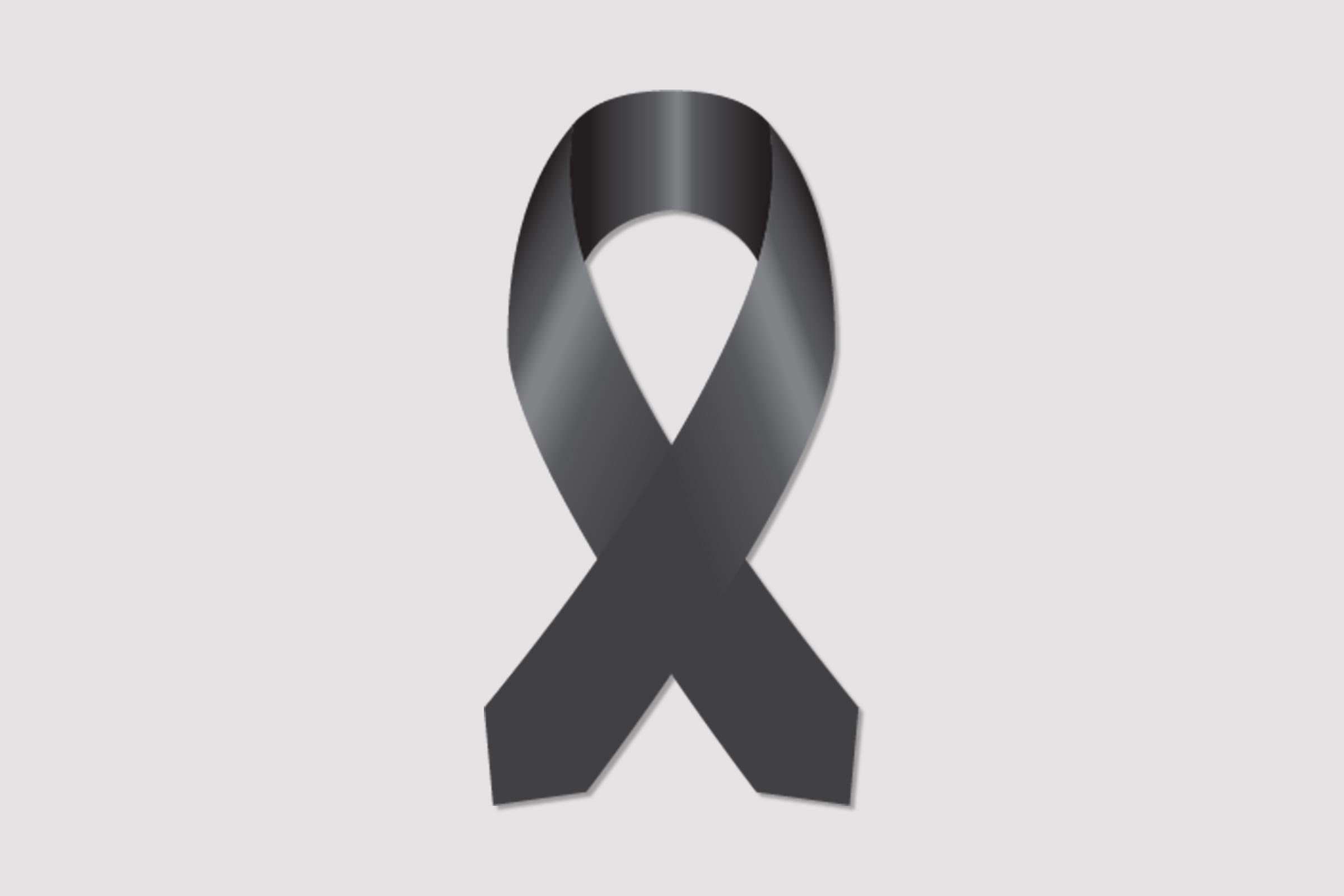
Black: Melanoma
A black ribbon symbol represents melanomas, cancers that affect the skin in even non-exposed areas like the scalp, nail beds, and eye.
National awareness month: May
How many: According to the Canadian Cancer Society, an estimated 7,200 Canadians were diagnosed with melanoma skin cancer.
Who’s most at risk: Most cases occur in people 30 years old or older, with men being slightly more at risk than women. Sun exposure is the biggest risk factor for skin cancers, which is why doctors are so adamant about you wearing sunscreen. Having light skin, hair, or eyes increases your risk (although people with dark skin can definitely get it too), as does having a family history of the disease.
Common symptoms: A mole that meets the ABCDE criteria: Asymmetrical, irregular Border, uneven colour, Diameter larger than a pea, and Evolving or changing.
You need to stop believing these 15 skin cancer myths immediately.
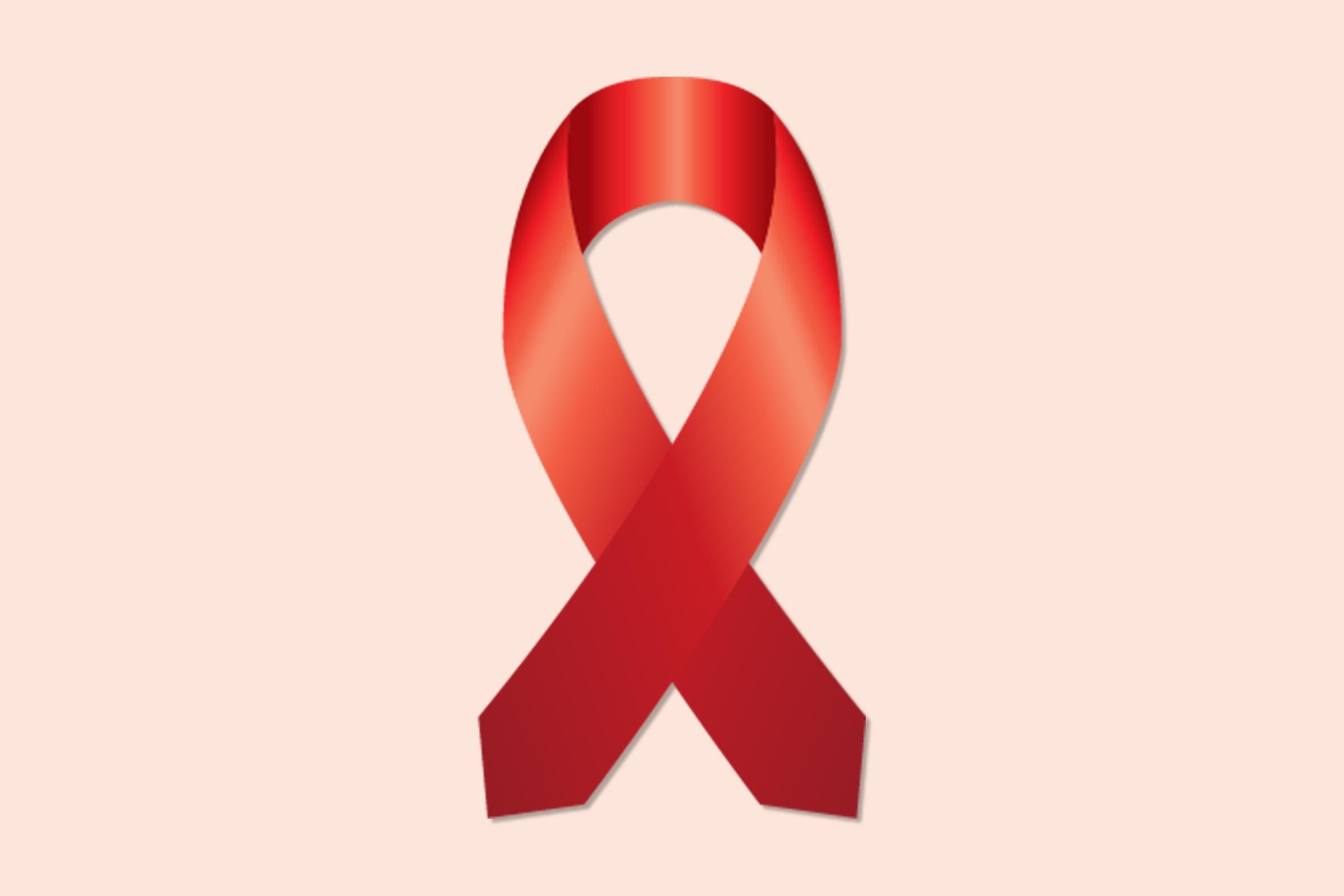
Burgundy: Myeloma
A burgundy coloured ribbon represents the cancer myeloma, which attacks plasma cells and causes tumours in the bone marrow.
National awareness month: March
How many: According to the Canadian Cancer Society, an estimated 2,900 Canadians were diagnosed with multiple myeloma in 2017.
Who’s most at risk: Most cases occur in people 60 years old or older, with black men having the highest risk. Other than age and gender, no other significant risk factors have been identified by scientists.
Common symptoms: It often doesn’t cause any symptoms at first and is usually diagnosed through a routine blood or urine test. Some patients report feeling deep “bone” pain, especially in the back and ribs, fatigue, fever, bruising easily, and frequent illness.
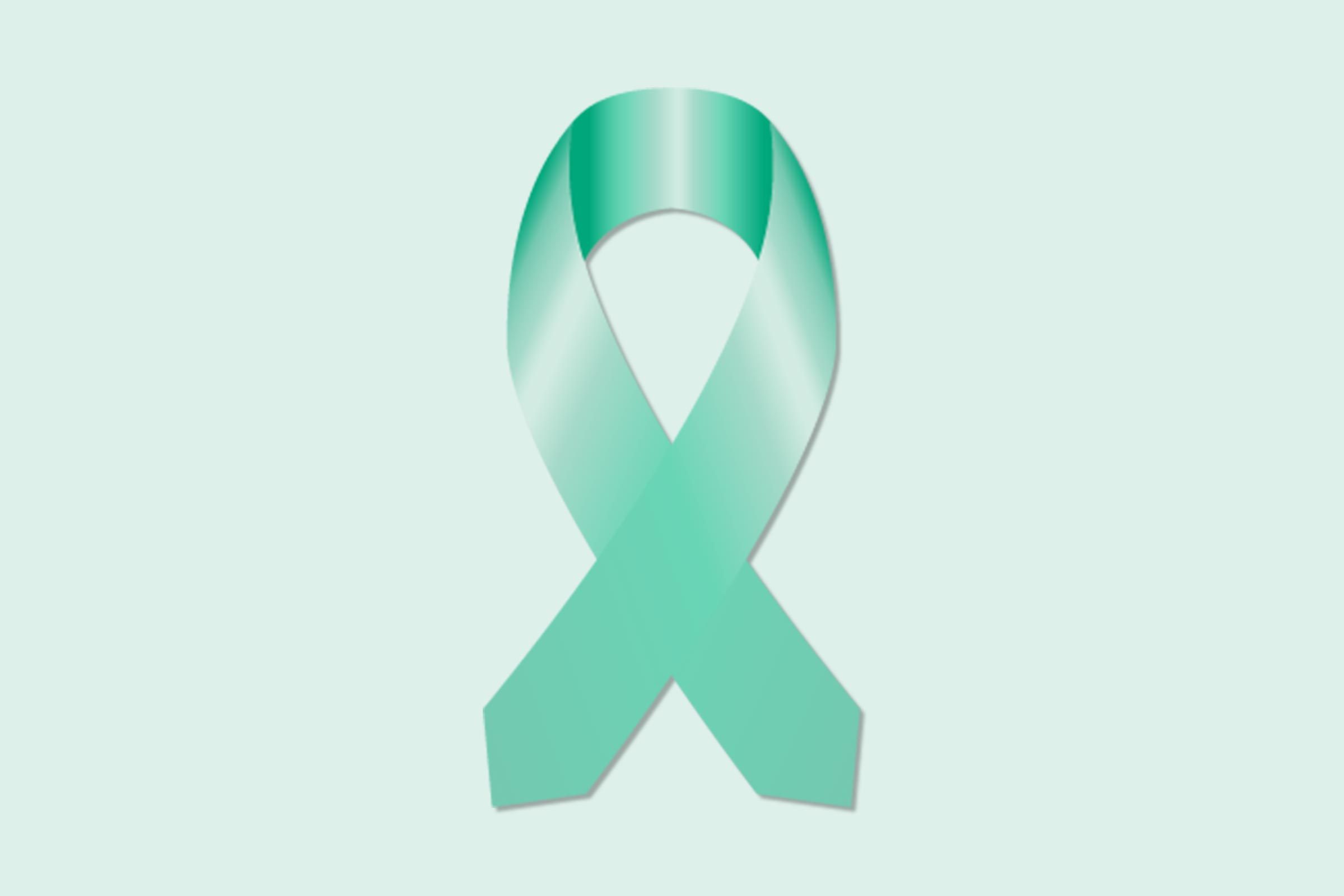
Teal: Ovarian
Similar to cervical cancer, ovarian cancer is found in the ovaries and is represented by teal cancer ribbon colours.
National awareness month: September
How many: According to the Canadian Cancer Society, an estimated 2,800 Canadian women were diagnosed with ovarian cancer in 2017.
Who’s most at risk: White women over 50 are at highest risk. The most significant risk factor is a family history of ovarian, breast, uterine, or colon cancer. Other risk factors include having problems getting pregnant, or having endometriosis.
Common symptoms: Unusual vaginal bleeding (particularly after menopause), pelvic pressure, bloating, and a change in urinary habits
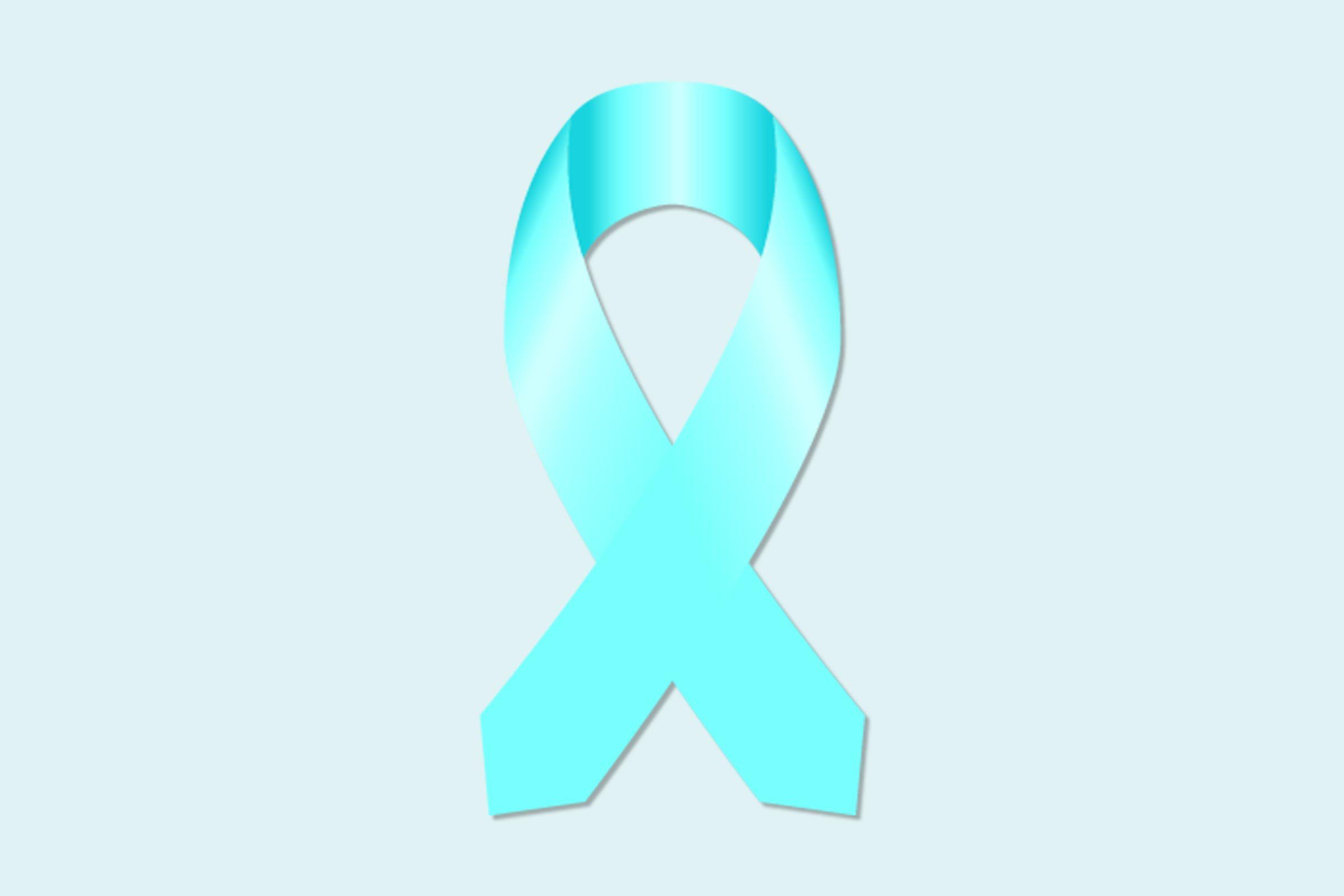
Light blue: Prostate
A pastel shade of blue represents cancers of the prostate, the organ that produces seminal fluid.
National awareness month: September
How many: According to the Canadian Cancer Society, an estimated 21,300 Canadian men were diagnosed with prostate cancer in 2017.
Who’s most at risk: Black men over 55 are at highest risk and are twice as likely to die of prostate cancer than men of other races. After age, the most significant risk factor is a strong family history of the disease.
Common symptoms: Difficult, painful, and/or frequent urination, blood in urine or semen, painful ejaculation, and back pain.
Men should never ignore these five signs of prostate cancer.
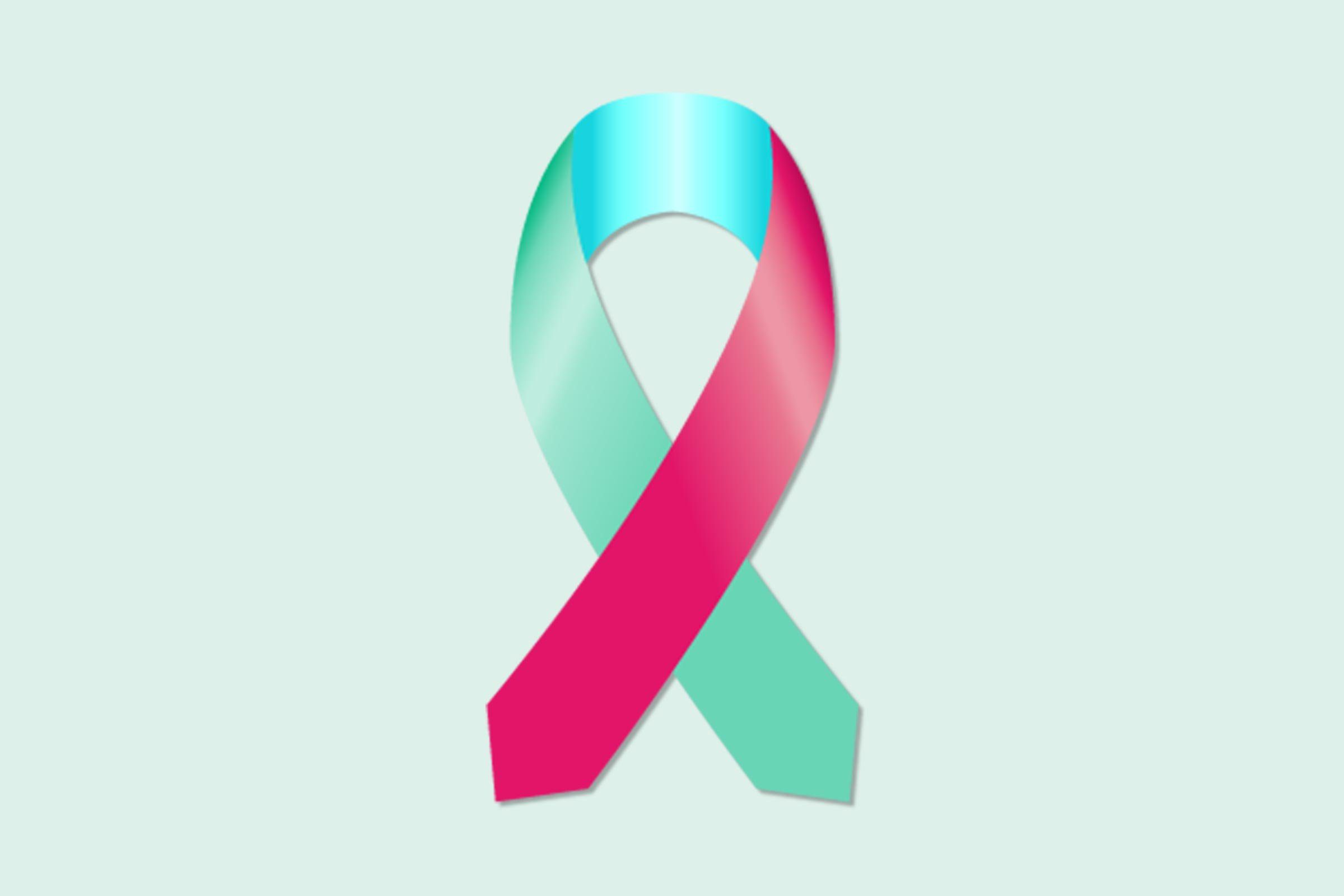
A blue, pink, and teal swirl: Thyroid
Cancer of the thyroid—a gland that controls hormones and many basic bodily functions—is represented by these three cancer ribbon colours.
National awareness month: September
How many: According to the Canadian Cancer Society, an estimated 7,100 Canadians were diagnosed with thyroid cancer.
Who’s most at risk: Women are three times as likely to get it than men. It’s most commonly found in people 15 years old and older. Researchers aren’t entirely sure what causes thyroid cancers but exposure to some environmental toxins, like radiation, and certain genetic conditions can increase your risk.
Common symptoms: A lump on the “Adam’s apple” on the front of the neck is the most common symptom. Other symptoms include trouble swallowing or breathing, and a raspy voice.
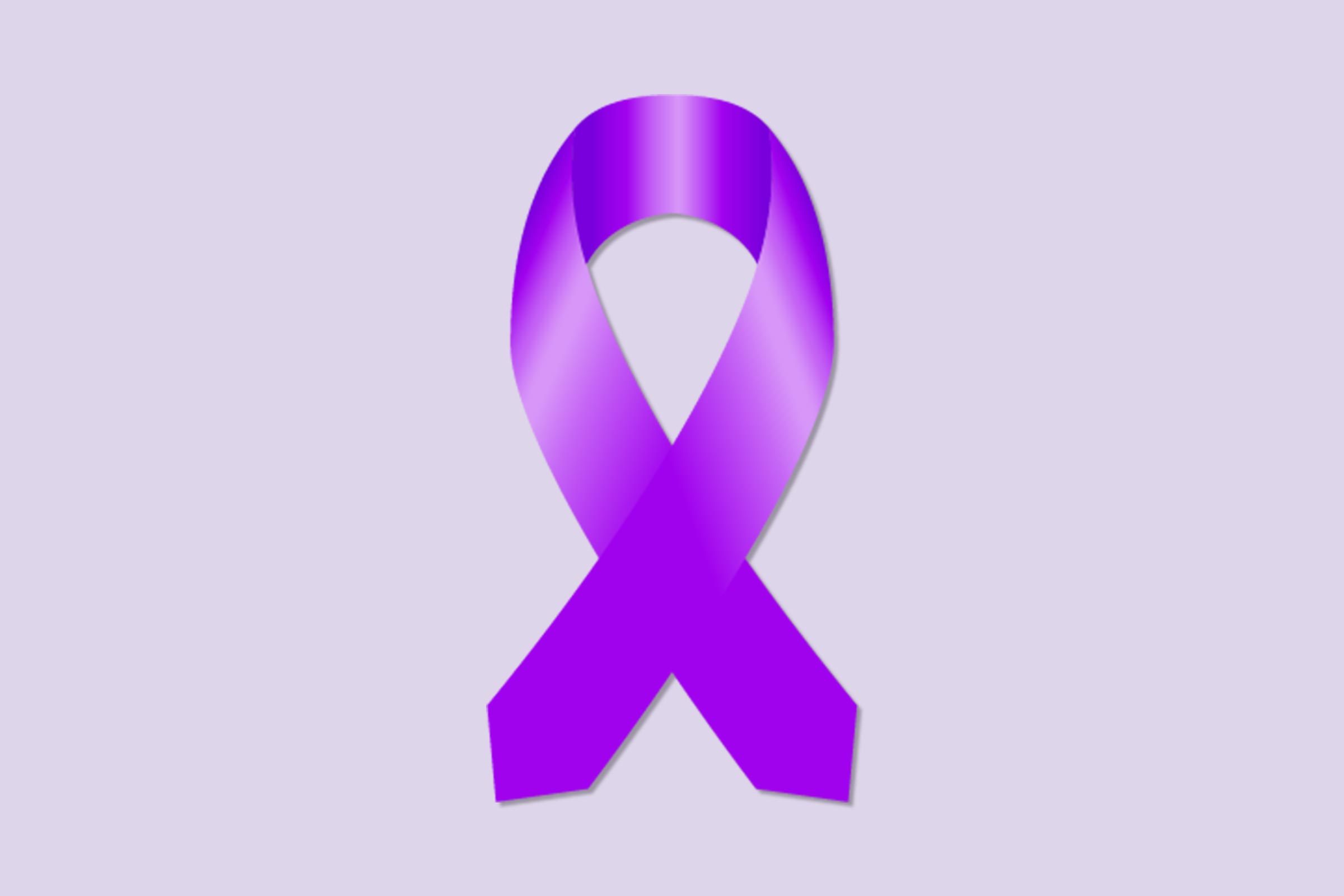
Dark purple: Pancreatic cancer
A deep purple cancer ribbon colour represents cancers of the pancreas, an organ that creates the enzymes that help you digest your food.
National awareness month: November
How many: According to the Canadian Cancer Society, an estimated 5,500 Canadians were diagnosed with pancreatic cancer in 2017.
Who’s most at risk: Men and women aged 50 or older. Other risk factors include having pancreatitis, diabetes, or a family history of the disease. Obesity, smoking, and a poor diet can also increase your risk.
Common symptoms: This cancer often shows no symptoms at the beginning—meaning it often isn’t caught until it’s late-stage and difficult to treat. Other symptoms may include fatigue, jaundice, pain that radiates from your abdomen to your lower back, blood clots, and unintended weight loss.
Here are eight signs of pancreatic cancer you might be ignoring.

Light purple: Testicular cancer
This cancer, symbolized with a light purple cancer ribbon colour, strikes the male organs that produce sperm and testosterone.
National awareness month: April
How many: According to the Canadian Cancer Society, an estimated 1,100 Canadian men were diagnosed with testicular cancer in 2017.
Who’s most at risk: It’s most often found in young men between 15 and 35 years old. Other risk factors include being Caucasian, having an undescended testicle or other abnormality, and a family history of the disease.
Common symptoms: A lump in the testicle is the most common symptom. Others include a feeling of heaviness or pain in the scrotum, breast tenderness, and back pain.
Don’t miss these signs of testicular cancer you should never ignore.